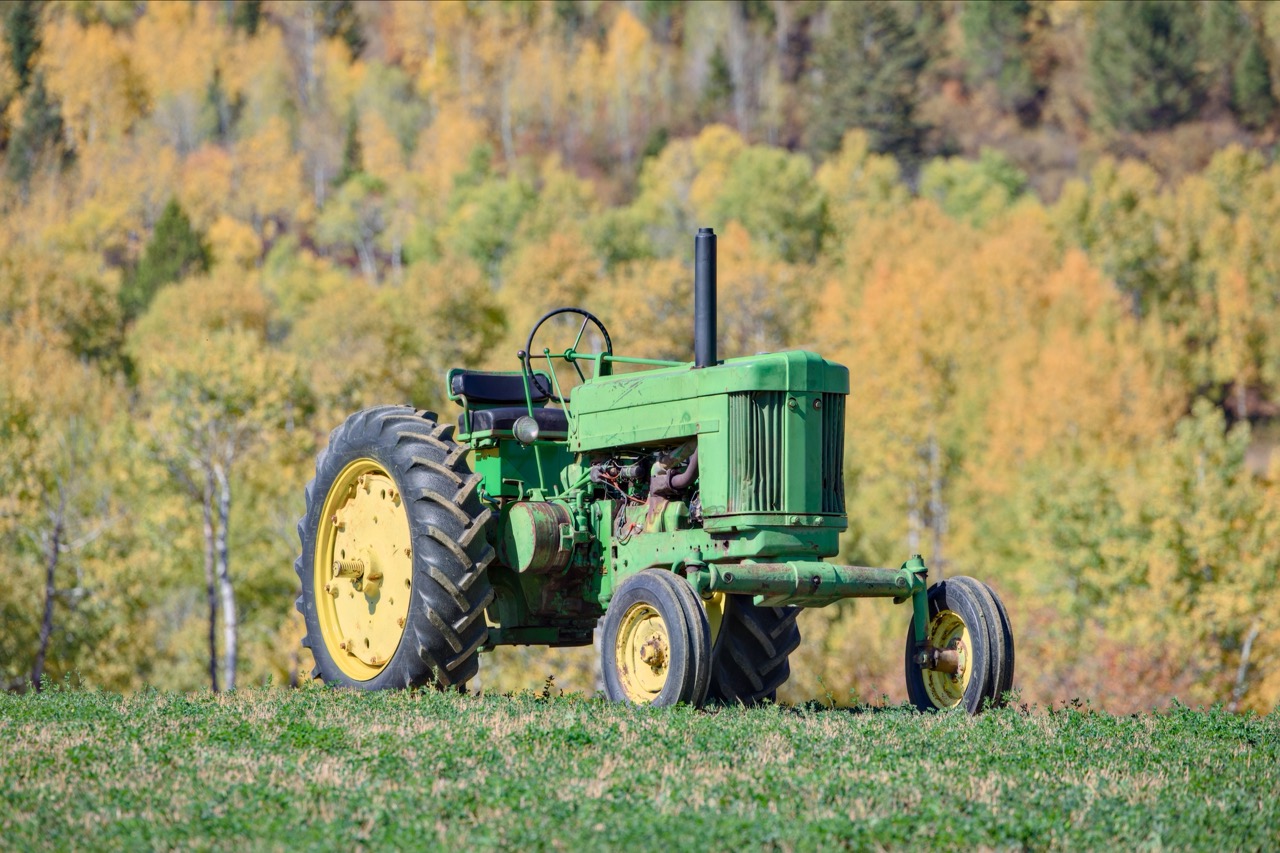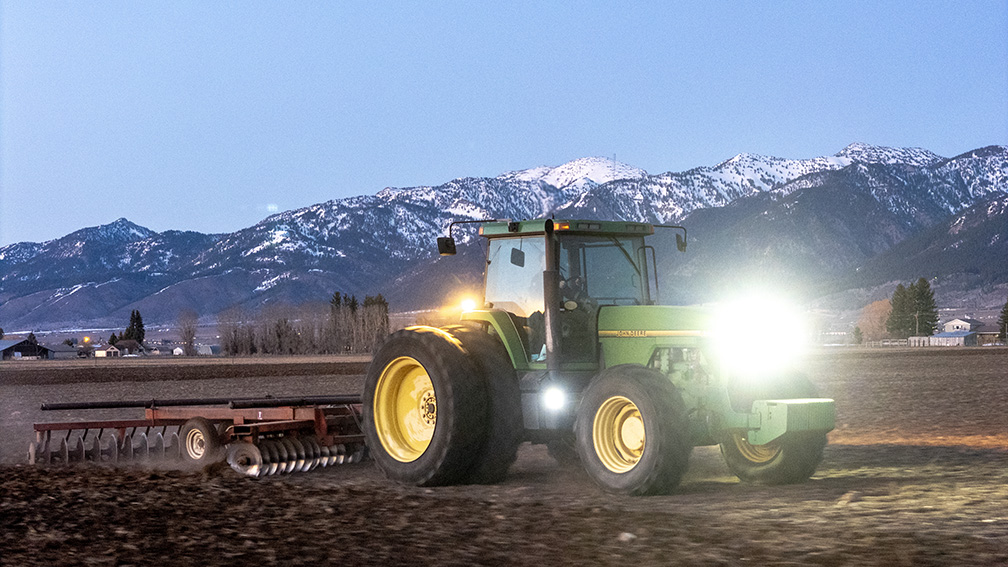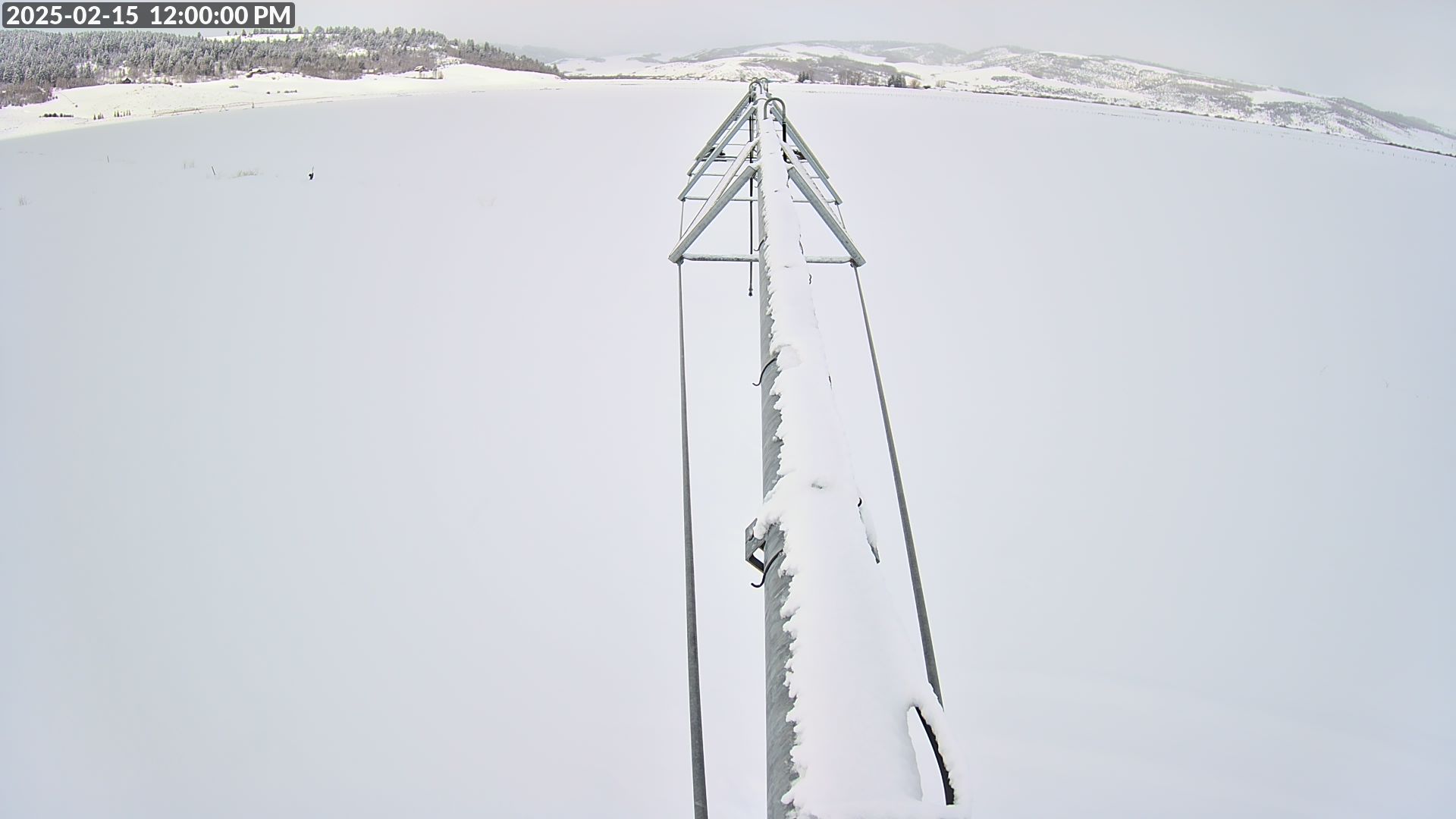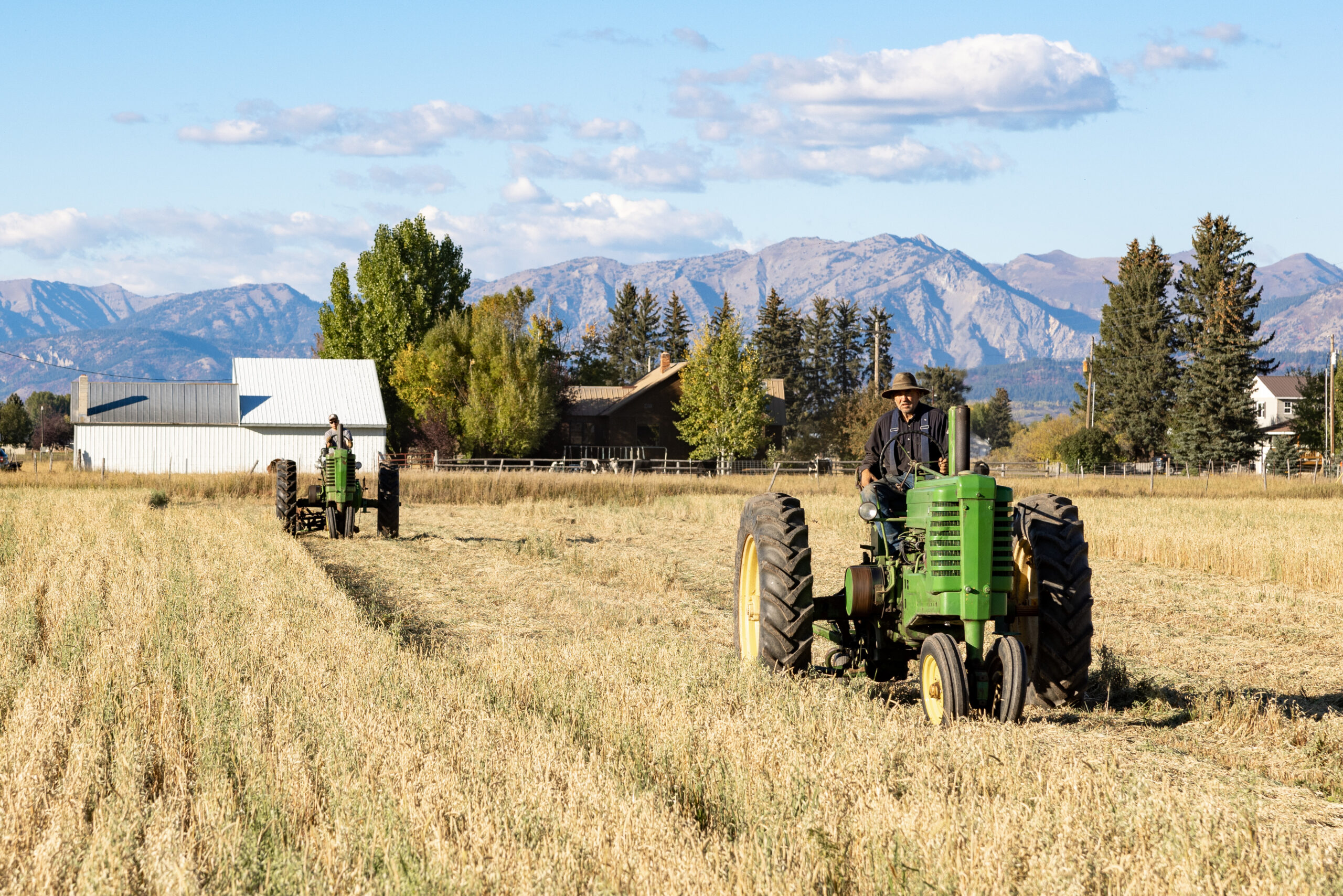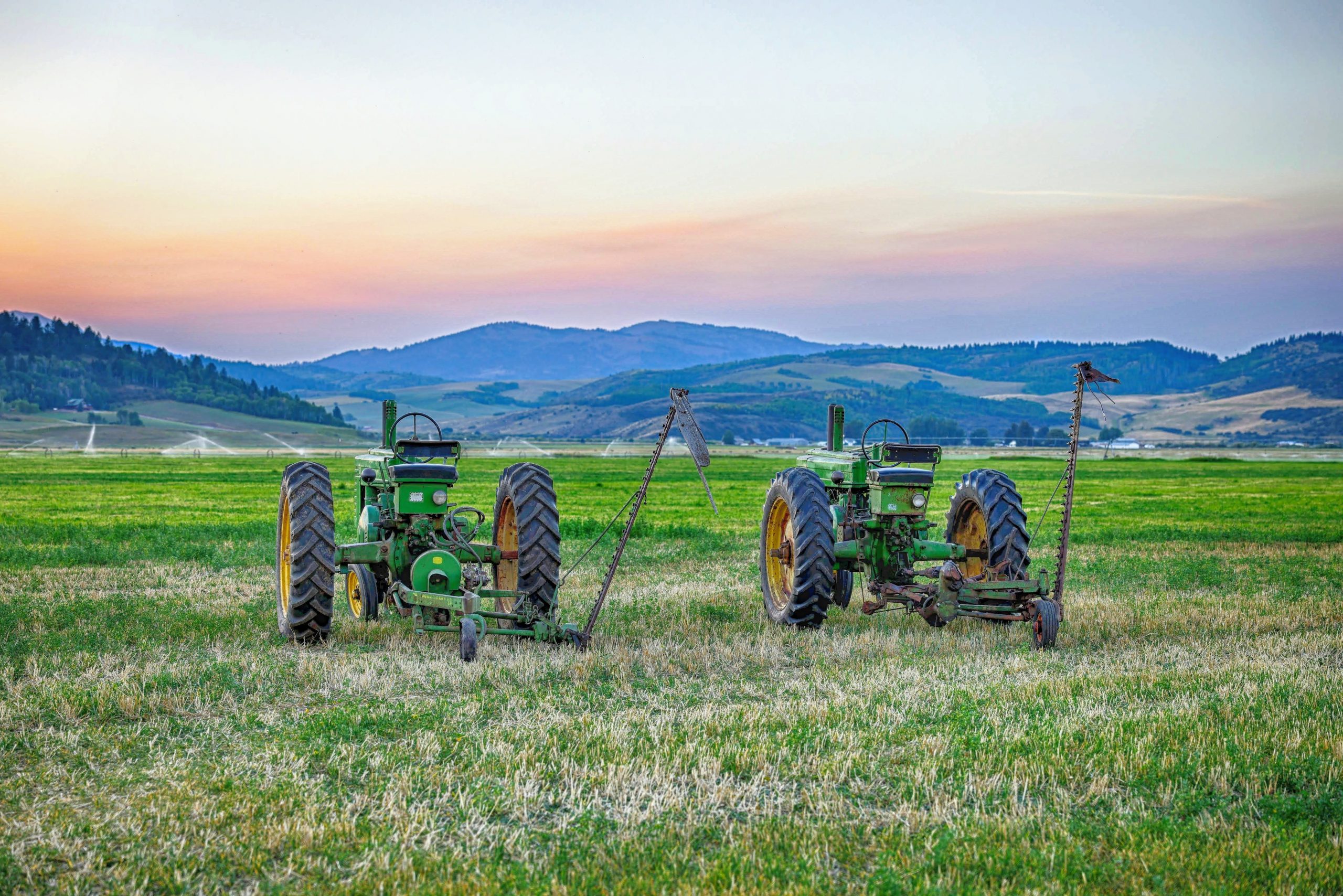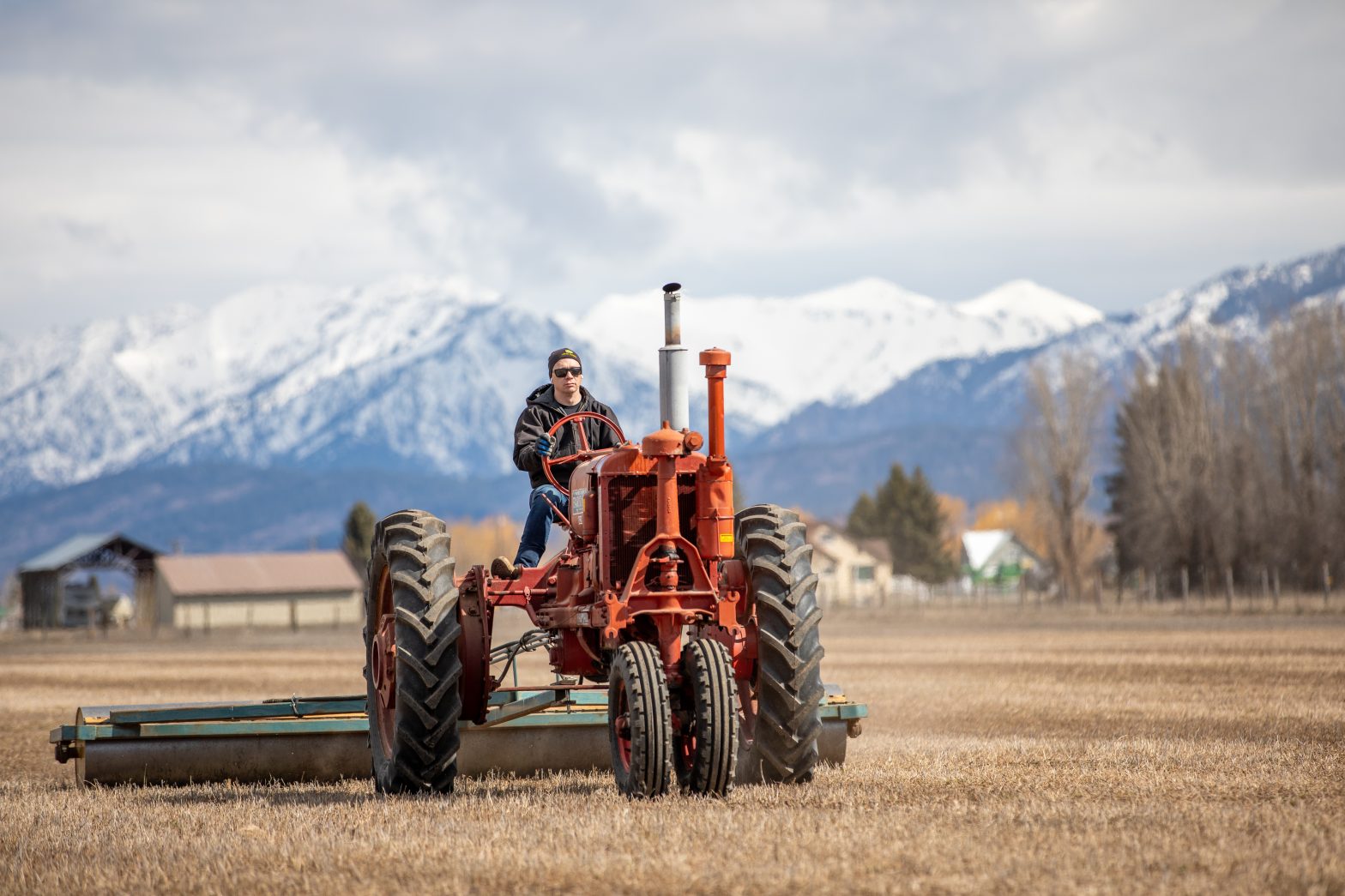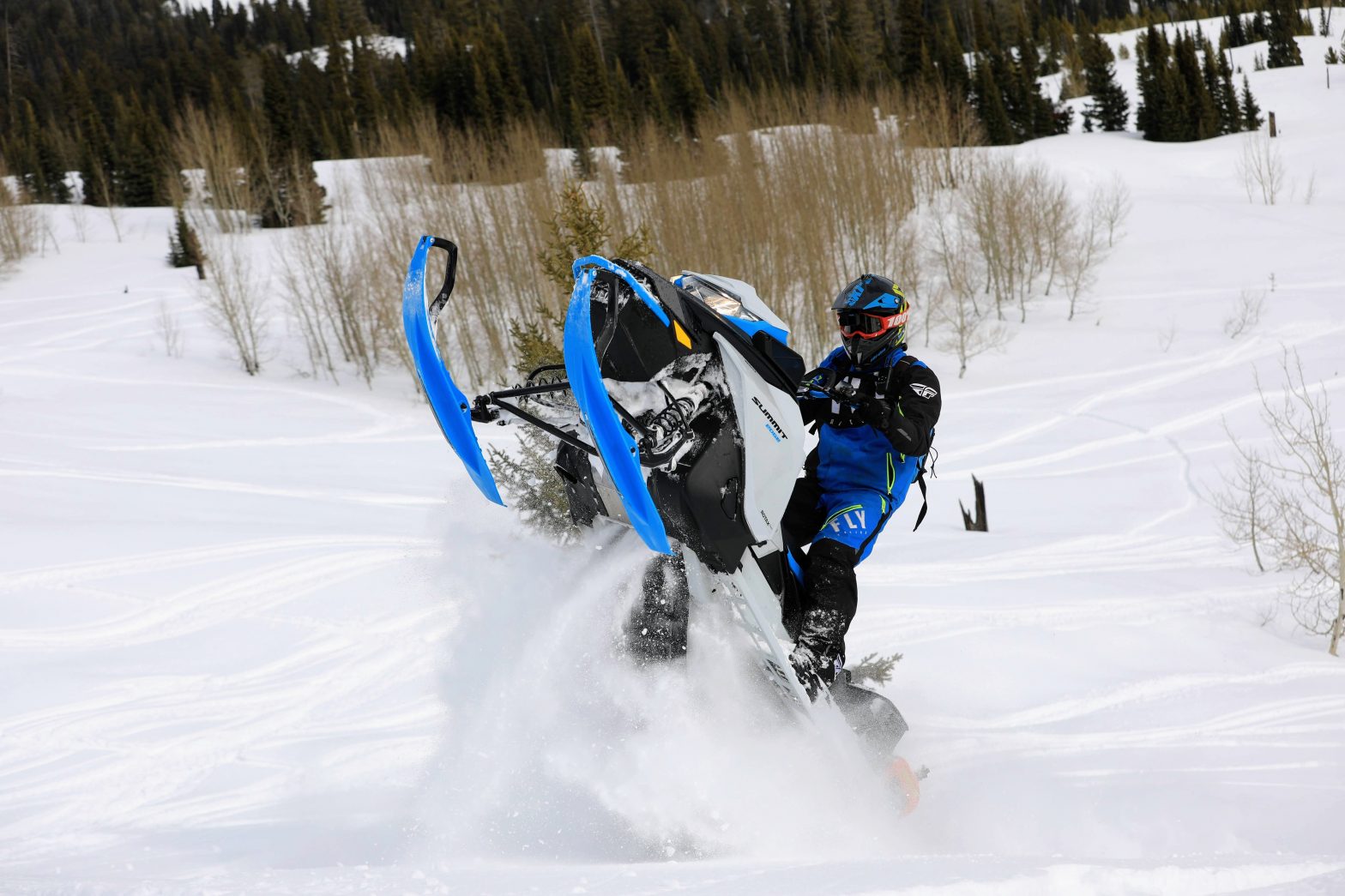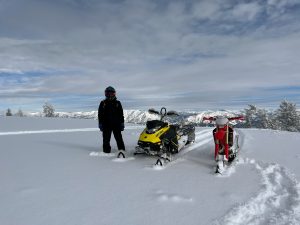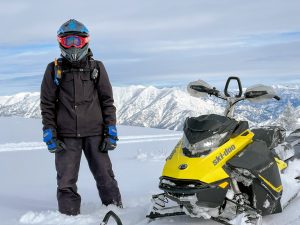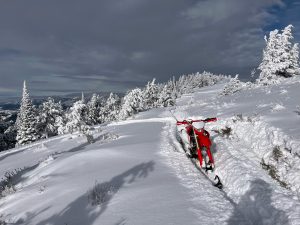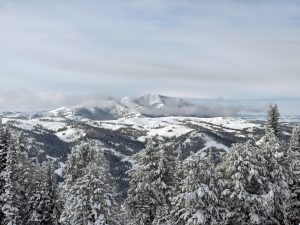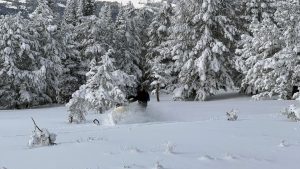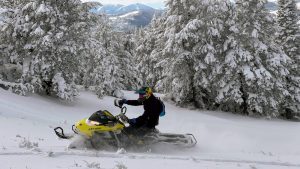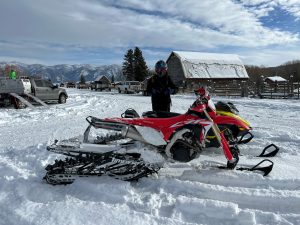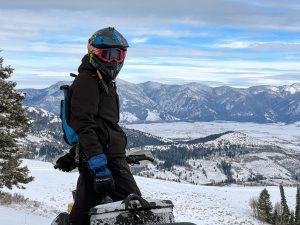I recently acquired a 1956 John Deere model 60. The tractor needed a lot of work, and this video shows the tractor being driven around at different stages while we were working on different things.
The Model A is one of my favorite tractors, and the model 60 is the replacement/progression of the Model A. Therefore, I quite enjoy the 60 too! The 60 could almost be considered as a “Model A that’s a little better”. It’s basically a Model A with a better carb, redesigned pedestal, “live” hydraulics and PTO, and power steering. I guess you really can almost consider it the “perfect” model A–though spoiler alert, the 620 was almost that (throw in the advances of the 60+ a three-point hitch and a few engine tweaks to inch out a little more horse power)…
The 60 also included some updated styling. It’s basically the same styling that continued through to the 620, but the 620 received a painted stripe, where the 60 was just green. However, I quite like the bold green look as well. The 630 was just the 520 with a few more tweaks to styling. According to what I’ve read, the 20 series of two-cylinder tractors was supposed to be the final in the two-cylinder lineup, but the “new generation” wasn’t quite ready to go, so in an attempt to continue to boost sales, they re-did the styling instead, which gave us the 30 series lineup.
Anyway, I hope you enjoy this introduction video and writeup. This was written by me, not with AI. I’m seeing a lot of AI “slop” out there lately–many of which uses clips from my own videos, but you can rest assured that my content is authentic and human-made. Errors and all…
